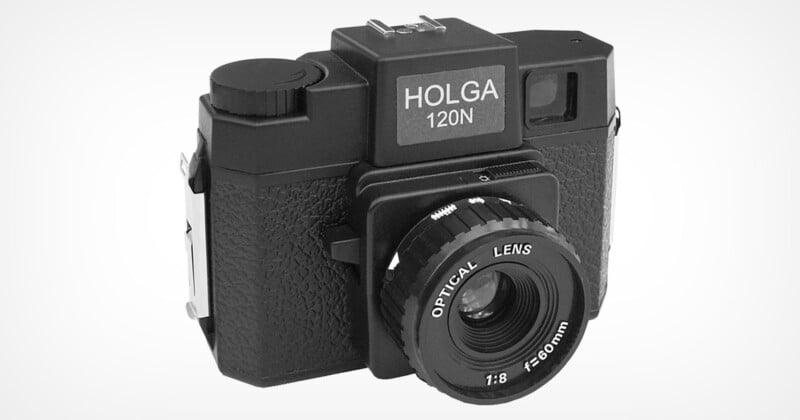Meet the Toy Camera at the Heart of the Analogue Revival
When the Holga first launched, it didn’t quite capture people the way its creator hoped… but it did spark something.
The camera, which first released in 1982, was meant to be an affordable option with a plastic toy-like body, the South China Morning Post explains in the video above (part of its new “Cultured” series), but users found it “too rudimentary” even within the amateur space. Plus, it used 120 film, while 35mm was a far more popular option.
However, the Holga wasn’t left to languish in photography history books, instead gaining a following through the Lomography movement. Lomography was an art style that started in Vienna in the 1990s that embraced so-called “imperfections” in photography. Blur, light leaks, under and overexposure, and heavy vignetting were celebrated in Lomography. The champions of the movement started the Lomography company and the Lomographic Society International.

“Emotionally, it feels more real. Maybe not visually. Visually, if you have a very clear image, of course there are more details. But emotionally, maybe it doesn’t feel real. Maybe with the dream and blurry image, it is actually more accurate to our memory,” Tat Tso, Lomography’s head of operations in Asia, tells the South China Morning Post. “We don’t remember things clearly if you think about it. We remember things in a blurry way, in a dreamy way.”
Therein lies the appeal of Lomography.
Those elements drew popularity once again in the 2000s and 2010s, as apps like Hipstamatic and Instagram aped the look with filters that incorporated vignettes and artificial light leaks. Hipstamatic and even Instagram’s original app icon further embodied the looks of camera models like Holga. Additional vintage- and Lofi-style filters on smartphones and editing software as well as apps like Huji continued the trend. And while the Holga isn’t an instant, the rise of instant cameras from companies like Fujifilm and Polaroid all tie into the Lomography renaissance.

In the late 2000s, the South China Morning Post reports, Holga was selling about 200,000 units each year. And Lomography, the company, continued as well with stores all over the world and camera releases.
Yet, some attribute the revival of analog photography and Lomography as contributing to Holga’s downfall. Some say Instagram’s rise was to blame. Others think Kodak’s filing for bankruptcy and stopping film production was the real issue as film for the camera became more scarce. Though Kodak would eventually resume film production and Instagram has moved away from the Lomography aesthetic it boasted in its early years, Holga stopped production in 2015.
Image credits: Wikimedia Commons